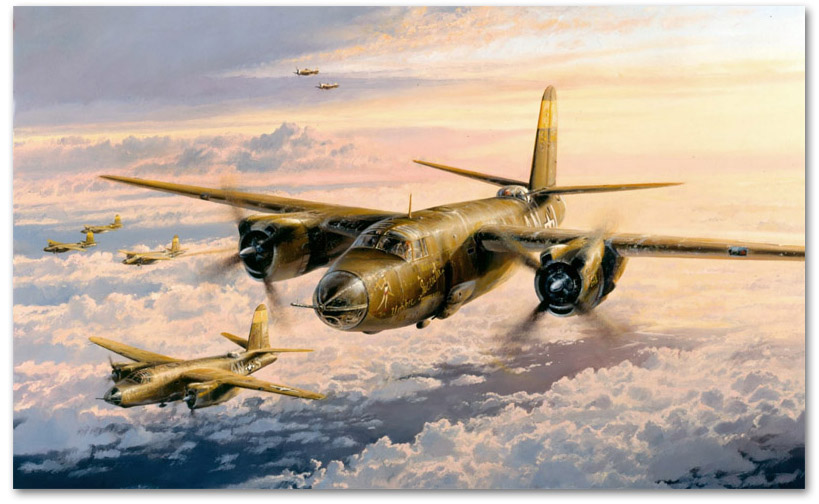Arnhem Bridge - Monday 18th

B Company of the 2nd Battalion had failed in its attempt to improvise a crossing of the river from its position at the pontoon bridge, and so Lt-Colonel Frost ordered them to return and reinforce his positions at the north end of Arnhem Bridge. After fighting its way through enemy opposition, B Company arrived safely, although their No.4 Platoon in the rear had become cut off and were forced to take refuge in a house, where they held out against German attacks for the next 24 hours until their ammunition ran out and they were forced to surrender.
Frost had also asked for C Company, who were further in the rear, to come to the Bridge, but German resistance was strong by this time and they were surrounded in the narrow streets of Arnhem and had no option but to surrender.
When the fires on the Bridge finally died down, Frost considered sending more men across to capture the other end, but it became apparent that the southern approaches were now too well defended by German infantry and armoured cars. Although it was now impossible for his small force to capture all of the Bridge, he believed that it was still effectively under his control while he held the northern end. By dawn it became clear at that Frost's force was completely surrounded. Nevertheless he remained confident that he could hold out until the rest of the Division arrived, and at this stage he had no reason to suspect that this wouldn't happen within a matter of hours.
A steady supply of reinforcements had arrived during the night. The 2nd Battalion at the Bridge now amounted to about 340 men. The 1st Para Brigade HQ, less Brigadier Lathbury, brought a further 110. With these had come 105 Royal Engineers, and an Anti-Tank Battery and RASC platoon, each consisting of 40 men. Finally, C Company of the 3rd Battalion, amounting to 45, had successfully managed to thread their way through the German defences and took up various positions around the Bridge. These, together with several other small parties, including 8 men from the Reconnaissance Squadron and their commander Major Gough, brought the total defence to a very respectable 740 men.

Engineers from A Troop of the 1st Para Squadron, under the command of Captain Eric Mackay, initially took up positions in a library (27), but had only been there for a few moments when German infantry attacked their position. This was repulsed, but Mackay concluded that the building was very vulnerable to attack, and so withdrew his men into the neighbouring school house (26). This was the only organised German action against Frost's defence on Sunday night.
Early Monday morning saw several probing attacks by German tanks and infantry, but these were all beaten back. Later in the morning, lookouts on the roofs of buildings cried out that armoured cars were on the Bridge and approaching. The initial reaction was that a forward group of XXX Corps' Guards Division had made an early appearance, but these hopes were soon dashed when the vehicles were identified as German. These were men from the Reconnaissance Squadron of the German 9th SS Panzer Division. What their exact intention was remains a mystery, but they either wished to challenge the defenders or race through them into Arnhem in order to oppose the rest of the 1st Airborne Division.

Whatever their mission was it was an absolute disaster. The Airborne men held their fire until the last moment, whereupon they pounded the vehicles with PIAT bombs and Anti-Tank shells. Supporting German infantry were met with heavy gunfire and were unable to advance any further than half way across the Bridge. Other German units were brought in as reinforcements, but they made very little progress. The fighting lasted for two hours before the heavily mauled Germans withdrew to safety. The Bridge was littered with German dead and burning wreckage, including the Commander of the elite unit who attempted the crossing, Hauptsturmfuhrer Viktor Graebner - a brave and well decorated soldier - who was also killed during this action.
The remainder of Monday saw various attacks on the eastern side of the perimeter all directed towards buildings occupied by men of the 1st Para Brigade's Defence Platoon and of the 3rd Battalion. These were all repulsed with several tanks destroyed; although the defenders had to abandon a few of the positions they held (20, 21, and 23).
www.extraplan.demon.co.uk





